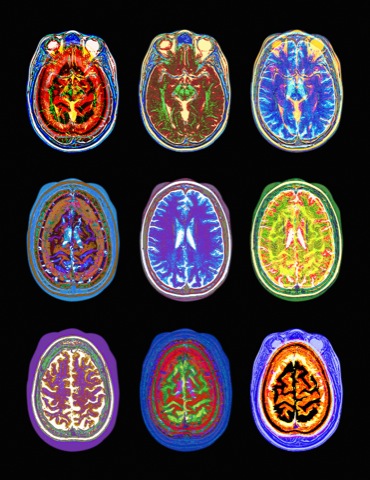Slide 1 of 4: Introduction
Author: Ronald J. Comer, Princeton University and Jonathan S. Comer, Florida International University

Press the Next button to start this activity
Slide 2 of 4: 33.1 The Rise and Fall of Cocaine Highs
This video shows the results of a study on the impact of cocaine in the brain. Volunteers took cocaine and rated the experience of their high while the cocaine levels and activity in their brains were monitored. In the video, you will learn what the results reveal about the relationship between cocaine levels in the brain and feelings of being high and about which brain structures are affected by cocaine.
- Chapters
- descriptions off, selected
- captions settings, opens captions settings dialog
- captions off, selected
- English Captions
This is a modal window.
Beginning of dialog window. Escape will cancel and close the window.
End of dialog window.
This is a modal window. This modal can be closed by pressing the Escape key or activating the close button.
This is a modal window.
The Rise and Fall of Cocaine Highs
[MUSIC PLAYING]
INSTRUCTOR: In this study, researchers demonstrated the rapid passage of cocaine through the brain and showed that the intensity of the volunteers cocaine high parallels the trajectory of cocaine levels in the brain two minutes after the cocaine injection. The volunteers report being high as the drug begins to flood the brain. The volunteers rating of their high and the amount of drug in the brain are at similar levels relative to what their respective peak levels will be.
Four minutes after that cocaine injection, the volunteers rating of their high peaks simultaneously with the amount of drug in the brain. The drug is most concentrated in the striatum, the region of the brain that produces feelings of reward. The volunteers perceived high, the amount of drug in the brain, and the drug concentration in the striatum remain near peak levels 10 minutes after the cocaine injection.
At 20 minutes post-injection, the volunteers high and the overall amount of cocaine in the brain have subsided to roughly half of their peak levels. The drug remains most concentrated in the striatum. The volunteers high has almost entirely subsided 30 minutes after the injection. A moderate amount of the drug remains in the striatum with little remaining in other parts of the brain.
40 minutes after the cocaine injection, the volunteers no longer feel high. And the drug is undetectable in most parts of the brain. Altogether, the study demonstrates that the cocaine high parallels the trajectory of cocaine levels in the brain. The striatum as the reward center and dopamine, its primary neurotransmitter, appear to be particularly instrumental in producing the high.
Slide 3 of 4: 33.2 Check Your Understanding
Instructions:
Answer the questions based on the video and your reading of the entire chapter.
Slide 4 of 4: 33.3 Activity Completed!
Activity results are being submitted...